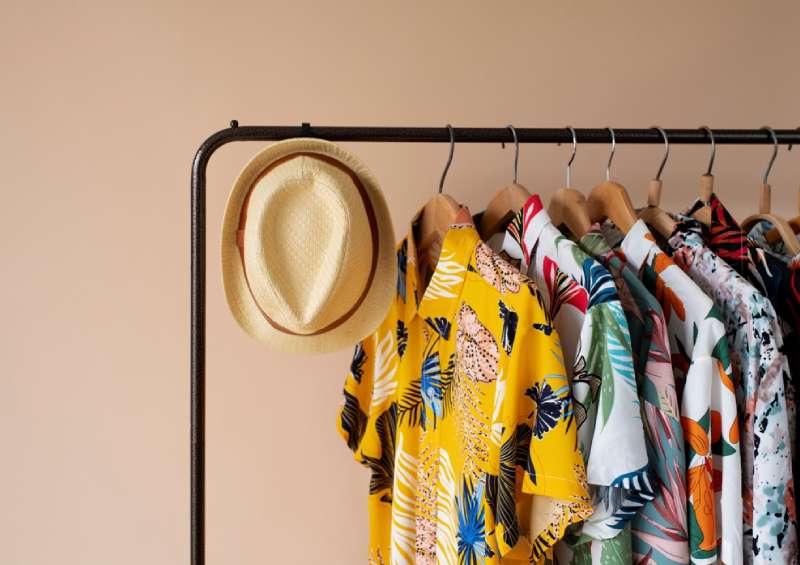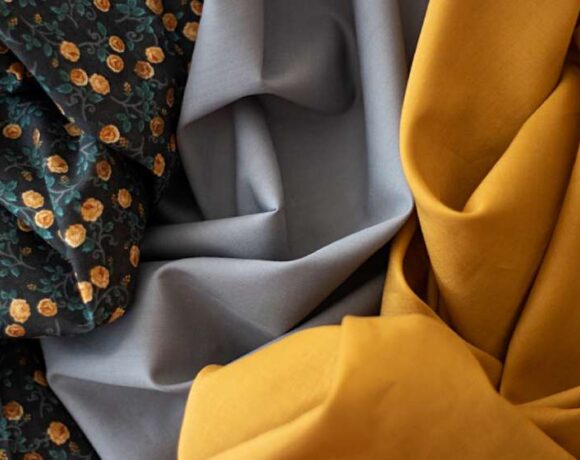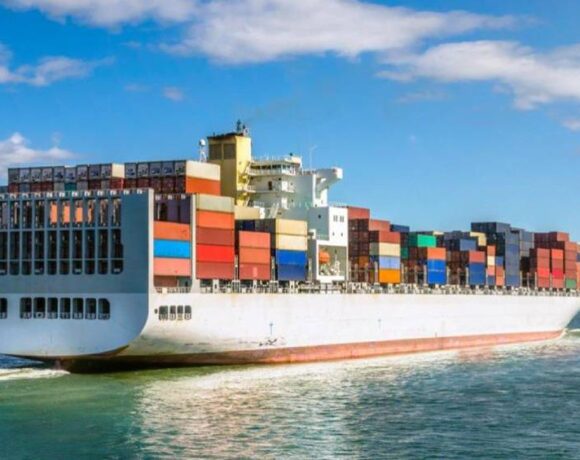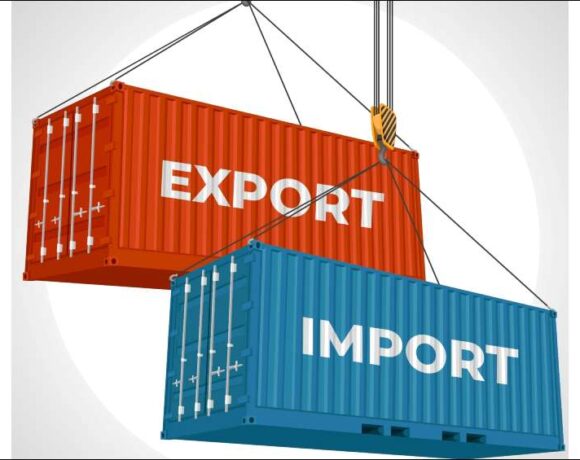Philippine Apparel Exports To EU Losing Out On GSP+ Due To ROO

Export markets like the European Union favour apparels from countries that have their own domestic source of raw materials like yarns and fabrics, to comply with Rules of Origin (ROO) regulations.
“So, it is important to have domestic supply of textiles, especially for garments that are shipped to the EU,” Robert Young, Head of the textile division at Philippine Exporters Confederation (Philexport) said.
Robert Young, who is also the President of the Foreign Buyers Association of the Philippines, said that Philippine garments exported to the EU are subject to a 12 percent or higher duty due to the strict ROO rules.
“They (EU) prefer that the fabric we use is sourced from the Philippines. So this is one way of saying the Philippines has to produce its own fabric,” he was quoted as saying by Business World.
“It is not possible because we do not have the textile industry right now to be used for these products for exports, and therefore, we have to import,” he added.
He said Philippine garments that enter the EU market are duty-free, as provided by the Generalised Scheme of Preferences Plus (GSP+).
However, because of the ROO regime, Philippine garments that use imported fabric do not qualify for zero duty.
“Building a factory to produce our own fabrics or textiles is thus imperative, especially as negotiations for a free trade agreement (FTA) with the EU is expected to also prescribe the same ROO,” Young stated.
Last week, the EU and the Philippines announced the resumption of negotiations for an FTA after being halted in 2017 due to concerns raised by the EU over the policies of the former Philippine government.
The Philippines participates in the EU’s GSP+, a special incentive arrangement for low- and lower-middle-income countries and so there is zero duty on 6,274 Philippine-made products.
“The second option is to source fabrics from an FTA country that has a bilateral agreement with the Philippines. We have to look for these kinds of countries,” he informed.
The EU currently accounts for 10 percent of the country’s export earnings of textiles and apparel, while the US remains the main export destination.















